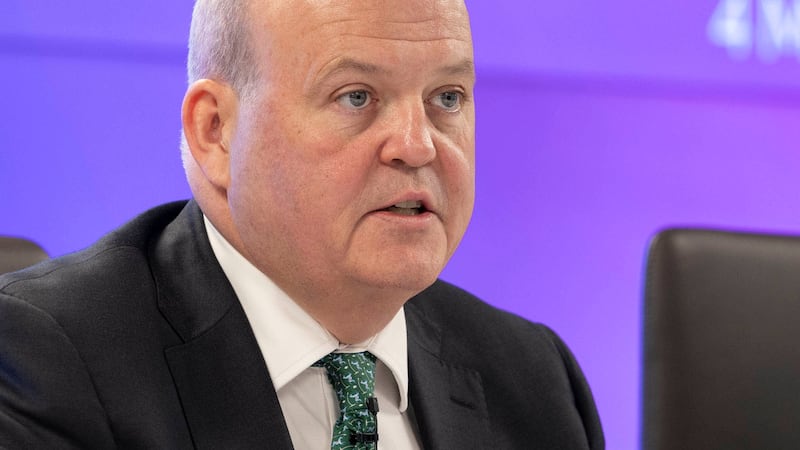Irish consumers are embracing mobile payments, turning to their smartphone, tablet or wearable And it’s not just millennials leading the move – figures show the fastest growth rate is for people aged between 55-64 years.
According to Visa’s 2016 Digital Payments Study more than three quarters (78%) of Irish consumers manage their money or make payments using a mobile device. This compares with an EU average of 54 per cent. Nearly half of the Irish users use their device to transfer money to friends and family (40%) and over a third will use it to purchase bus or train tickets (34%).
The move to mobile payments coincides with a greater adoption of contactless technology. In Ireland, almost two thirds of the people surveyed (65%) used contactless cards this year.
"The uptake of contactless cards has made a significant impact on normalising digital payments in the minds of Irish consumers, regardless of age. The near-ubiquity of contactless card usage is gradually helping everyone engage with newer ways to pay, including mobile banking," said Philip Konopik, country manager at Visa Ireland.
Indeed in Ireland, more than half (58%) of 55-64 year olds currently use a mobile device for banking and they are driving growth, with the highest usage growth rate, of 33 per cent, reported among this age group.
Young consumers are most comfortable using mobile devices to transfer money however. For example, while 57 per cent of those in the 18-24 category will transfer money this way, the proportion falls to 33 per cent of those aged 55-64, and 25 per cent for those older than 65. Broader trend
Konopik sees smartphones and wearables as the beginning of a broader trend, which could include biometrics, which would allow consumers to pay with their fingerprints, or complete palm print, or could involve eye scans, face recognition, and voice recognition.
“The key driver is probably two-fold; it’s convenience from a consumer perspective, as it removes friction from payments which makes everyday life easier for customers, and security elements is the second part of that,” Konopik said.
The other trend is the move towards so called digital wallets, such as Apple Pay, which has already launched in the UK, France and Switzerland, Samsung Pay, which has launched in Spain and Android Pay in the UK. While these products have yet to launch in Ireland, they could be coming soon.
“I’ve no doubt we’ll see those in the Irish market,” Konopik said.















